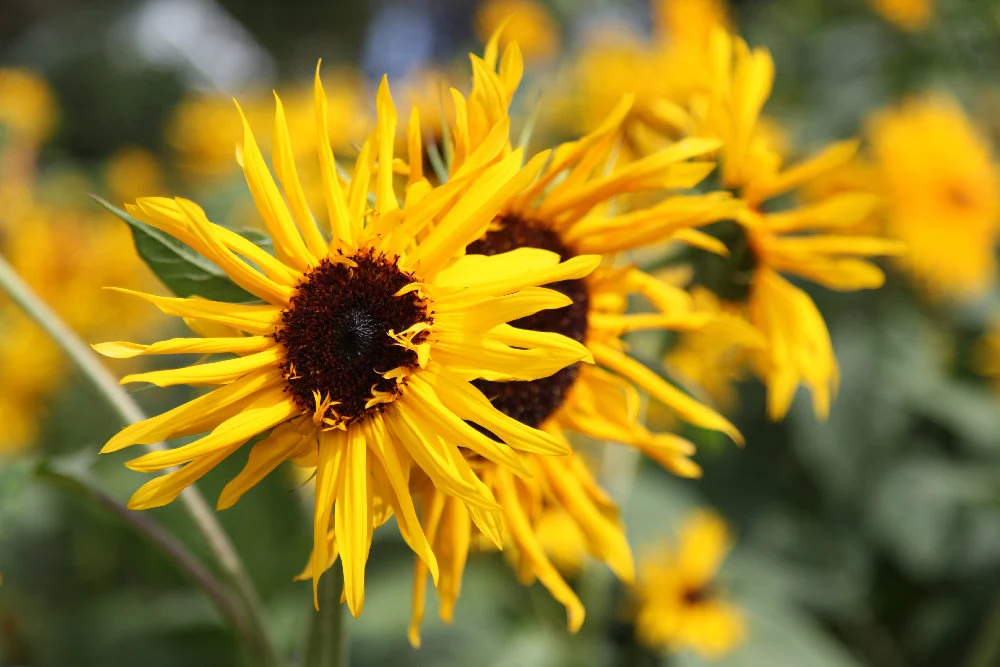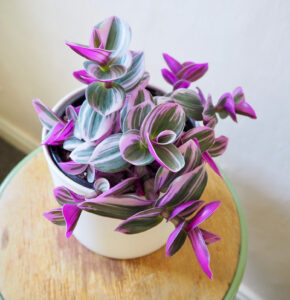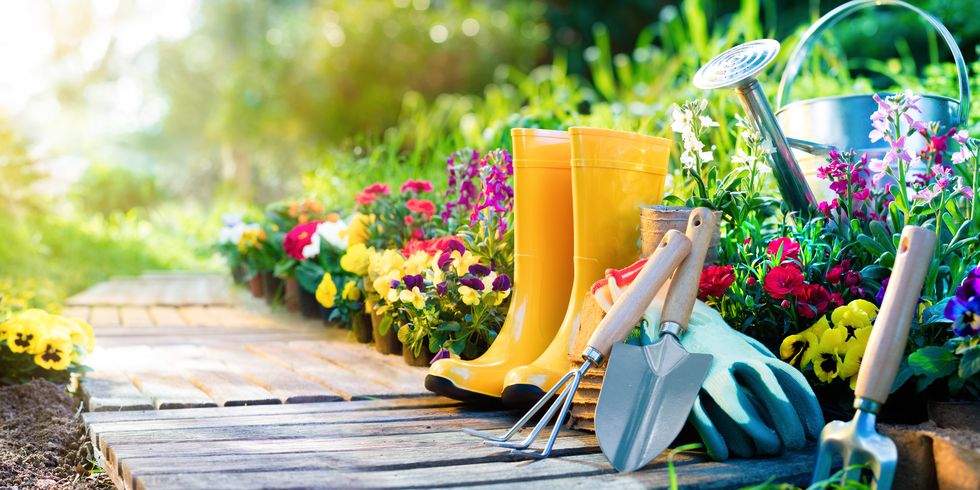Orange Ruffles sunflower seeds refer to a variety of sunflower that is known for its stunning, ruffled, orange petals. This variety is a vibrant and unique addition to any garden, standing out with its bright colors and bold, textured flowers. If you’re interested in growing Orange Ruffles sunflowers, here’s a guide to help you cultivate them successfully from seed.
Growing Orange Ruffles Sunflowers
1. Choosing the Right Location
Sunflowers, including the Orange Ruffles variety, love the sun and require a spot with plenty of sunlight. Here are the key considerations:
- Sunlight: Sunflowers thrive in full sun, so choose a location where they will receive at least 6-8 hours of direct sunlight each day. The more sunlight, the better the flowers will bloom.
- Space: Orange Ruffles sunflowers can grow quite tall, typically ranging from 3 to 5 feet, depending on the variety and growing conditions. Ensure you space them about 12-18 inches apart to allow for proper air circulation and room for the plants to grow.
- Soil: Sunflowers prefer well-draining, loose soil that is rich in organic matter. They tolerate a variety of soil types but grow best in slightly acidic to neutral pH. Amend your soil with compost if it’s too dense or clay-heavy to ensure good drainage.
2. Planting Orange Ruffles Sunflower Seeds
Planting sunflower seeds is relatively easy. Here’s how to do it properly:
- When to Plant: Plant your sunflower seeds outdoors after the last frost date for your area. Sunflowers are warm-weather plants, so wait until the soil has warmed up to at least 55°F (13°C) before sowing the seeds. This is usually in late spring.
- Planting Depth: Plant the seeds about 1 to 1.5 inches deep in the soil. Planting too shallow may cause the seeds to dry out, and planting too deep could prevent them from sprouting.
- Spacing: Space the seeds 6-12 inches apart in rows or in clusters, depending on the size of the variety you’re growing. For Orange Ruffles sunflowers, ensure that each seed has enough space to develop its full potential.
- Watering After Planting: Water the seeds gently after planting, keeping the soil moist but not waterlogged. Once the seeds begin to germinate and the seedlings appear, you can reduce the watering frequency, as sunflowers are somewhat drought-tolerant once established.
3. Caring for Orange Ruffles Sunflowers
Once your seeds are planted, you’ll need to provide the proper care to help them grow healthy and strong.
- Watering: Sunflowers need regular watering, especially during dry periods. However, they don’t like wet feet, so be sure to water deeply but allow the soil to dry out between waterings. Avoid overhead watering, as this can lead to fungal diseases. A slow soak at the base of the plant is ideal.
- Fertilizing: Sunflowers don’t require a lot of fertilizing, but a balanced, all-purpose fertilizer can help them grow more vigorously, especially if your soil is nutrient-deficient. Use a low-nitrogen fertilizer, as too much nitrogen can promote leaf growth at the expense of flower production.
- Staking: As your Orange Ruffles sunflowers grow tall, they may require staking, especially if you’re in a windy area. Use a sturdy stake and soft ties to secure the main stem, allowing the plant to grow without being damaged by the wind.
- Mulching: Applying a layer of mulch around the base of the sunflower can help retain moisture, suppress weeds, and maintain soil temperature. Organic mulch such as straw, grass clippings, or wood chips work well.
- Pruning: Sunflowers typically don’t need pruning. However, you can remove any dead or damaged leaves as they appear. Some gardeners like to trim off spent blooms to promote new flowers, but this is generally more relevant for cut flower production rather than ornamental purposes.
4. Pest and Disease Control
While sunflowers are relatively hardy, they can sometimes be affected by pests and diseases:
- Common Pests: Aphids, sunflower beetles, and caterpillars are some common pests that may attack your sunflowers. To control aphids, you can spray them with insecticidal soap or neem oil. For sunflower beetles, hand-picking or using a natural insecticide can be effective. For caterpillars, consider using Bacillus thuringiensis (Bt), a natural bacteria that controls caterpillars.
- Disease Prevention: Sunflowers can be prone to fungal diseases, such as powdery mildew or rust. Ensure proper spacing between plants to allow air circulation and reduce humidity around the foliage. Water the base of the plant to avoid wetting the leaves, which can encourage disease growth.
- Bird Protection: Sunflower seeds are a favorite food for birds, so you may need to protect your ripening flowers with netting or by harvesting seeds early if you want to keep them for yourself.
5. Harvesting Seeds
Once your Orange Ruffles sunflowers have finished blooming and the petals start to fade, it’s time to harvest the seeds if you want to save them for future planting or for eating. Follow these steps:
- When to Harvest: Wait until the back of the sunflower head has turned brown, and the seeds are fully formed. The sunflower’s seeds will also have a hard, dark appearance when they’re ready for harvesting.
- Cutting the Flower: Use pruning shears or scissors to cut the sunflower head from the stem, leaving a few inches of stem attached to the flower. Be sure to cut the flower when it’s dry, as wet flowers can attract mold.
- Drying the Seeds: Hang the sunflower head upside down in a well-ventilated, dry location. Alternatively, you can place the head on a newspaper or screen to dry. Leave it to dry for a few weeks until the seeds are fully mature.
- Extracting the Seeds: Once dry, gently rub the sunflower head to loosen the seeds. You can use your hands or a comb to help release the seeds. Be careful not to damage the seeds.
- Storage: After harvesting, store the seeds in a cool, dry place in an airtight container. You can keep them for planting the following season or for eating if they’re edible.
6. Enjoying Your Orange Ruffles Sunflowers
Orange Ruffles sunflowers can make a striking addition to your garden or home decor. Their bright, cheerful blooms attract pollinators like bees and butterflies, and they add a pop of color to any landscape. You can also use the flowers for floral arrangements, both fresh and dried.
These sunflowers also make great cut flowers. When cutting the flowers for arrangements, cut the stems at an angle and place them in water immediately. Change the water regularly to keep the flowers fresh.
Conclusion
Orange Ruffles sunflowers are a vibrant and beautiful addition to any garden, and with the right care, they can thrive in a variety of conditions. By choosing the right planting site, providing regular care, and protecting them from pests and diseases, you can enjoy stunning blooms throughout the growing season. Whether you’re growing them for their beauty or for their seeds, these sunflowers are sure to be a standout in your garden. Happy planting!
Proudly powered by WordPress






